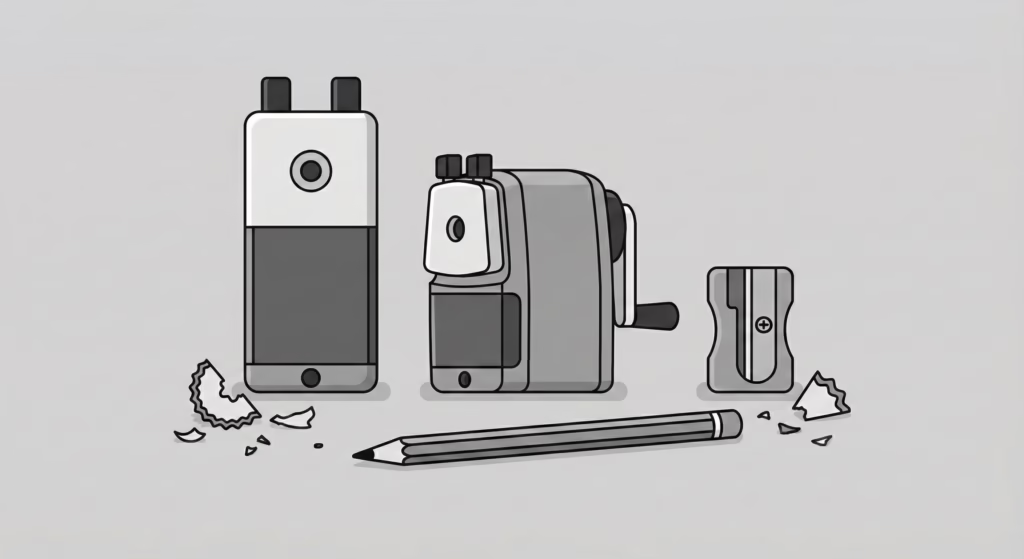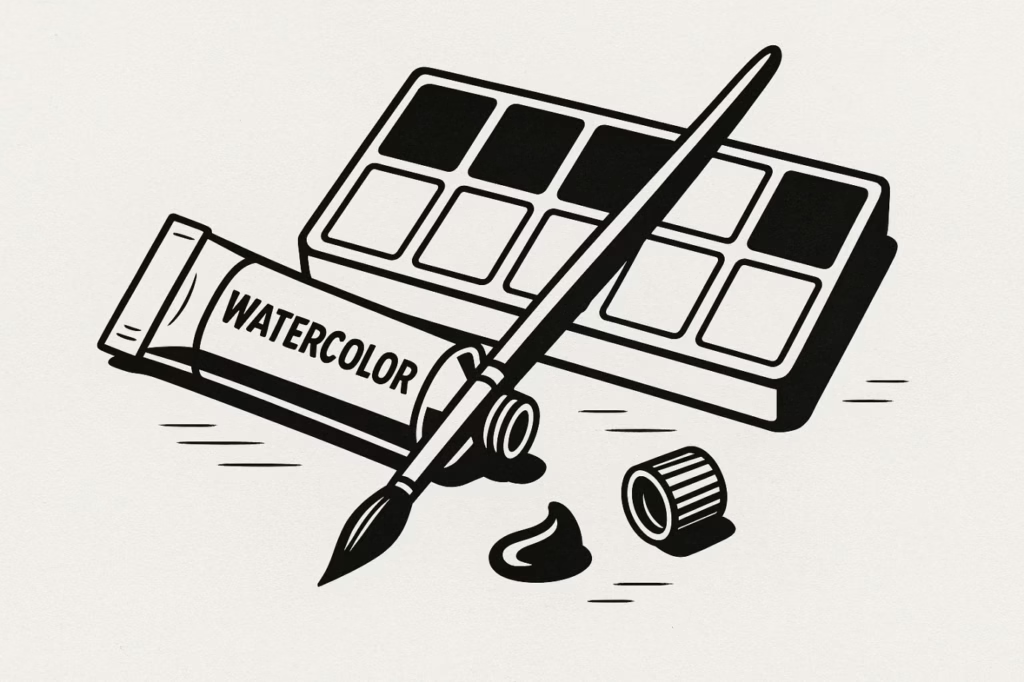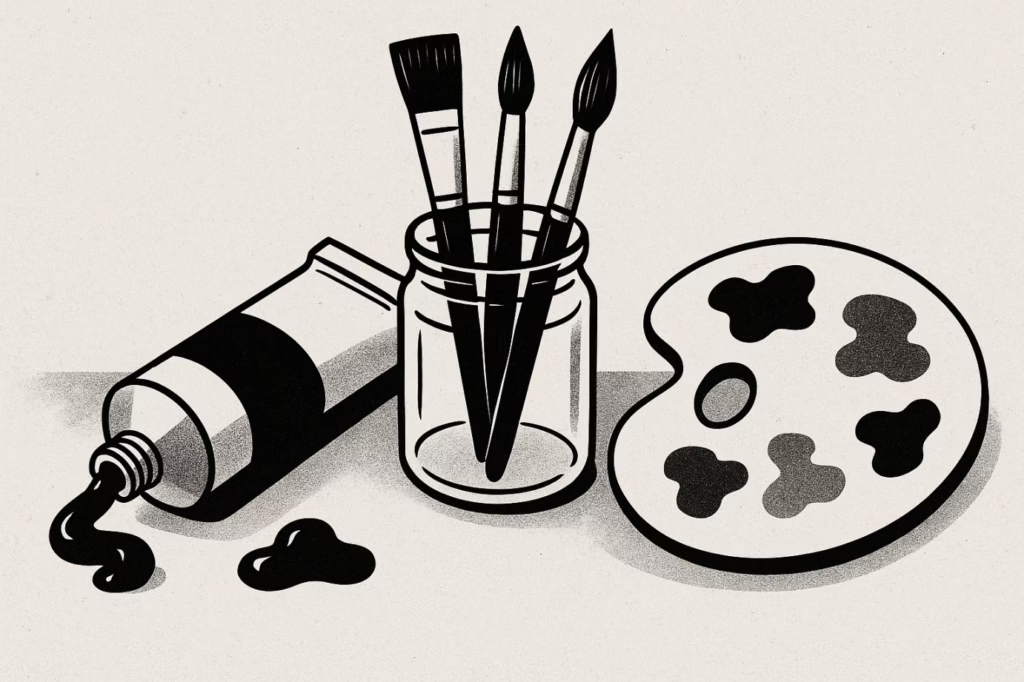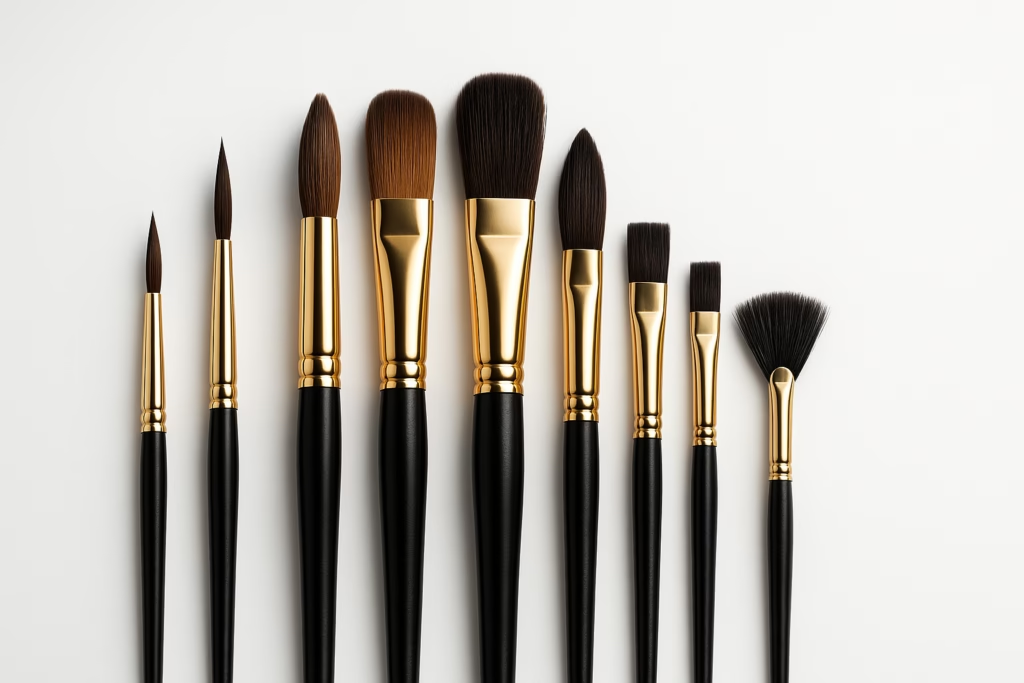A strong portfolio is crucial for emerging artists. It’s the gateway to opportunities like gallery representation, exhibitions, and commissions. Whether you’re showcasing your art for an application or a client, your portfolio must leave a lasting impression.This guide will walk you through curating your work, organizing it effectively, and presenting it in a professional way. Let’s dive into the essential steps to building an art portfolio that helps you stand out.

Why a Strong Art Portfolio Matters
A well-organized and compelling portfolio serves as your visual resume. It communicates your style, skill level, and artistic vision without needing words. It can be your key to unlocking future opportunities in the art world, from exhibitions to sales.
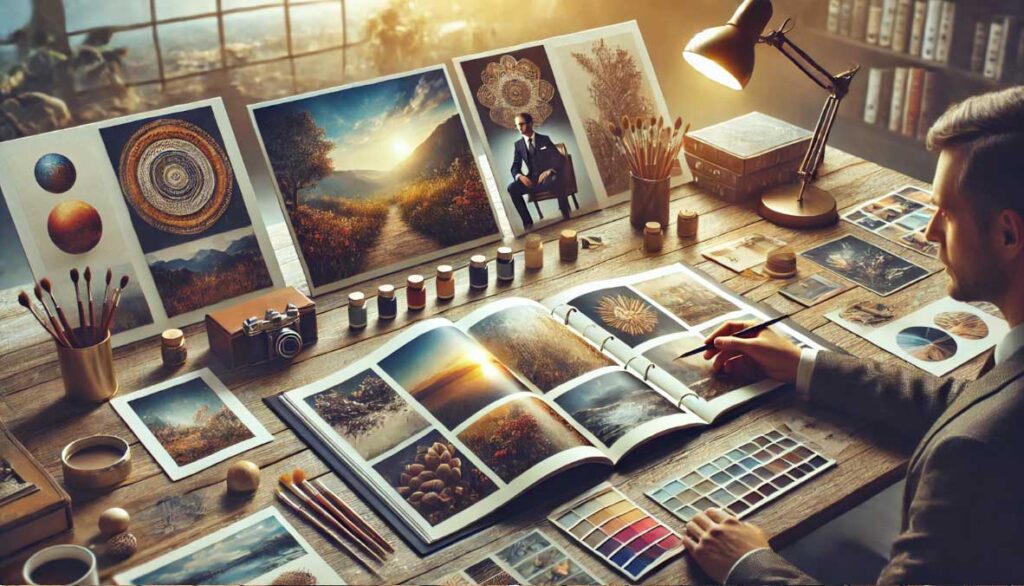
Your portfolio should reflect your strengths and growth as an artist. Whether you’re applying to a gallery, seeking commissions, or entering a competition, the quality of your portfolio can set you apart from other emerging artists.
To make a lasting impression, your portfolio needs to be thoughtfully curated and clearly organized. It’s not just about showing off your best pieces—it’s about telling your story as an artist. Let your portfolio serve as a window into your creative journey.
Curating Your Artwork: Selecting the Best Pieces
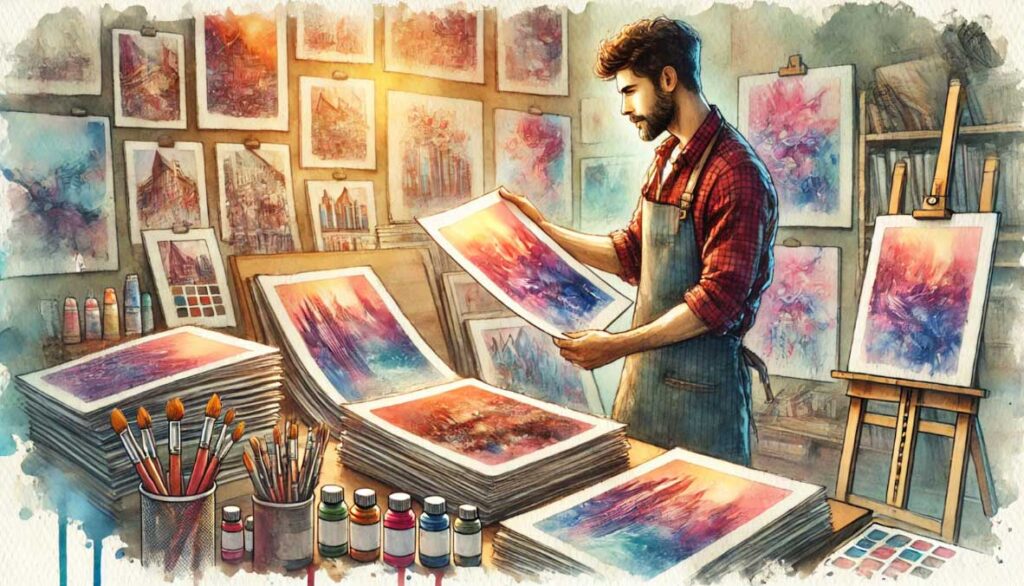
The process of curating your portfolio starts with selecting your strongest works. But how do you decide what to include?
First, consider the purpose of the portfolio. Are you applying for a gallery? Or perhaps for a specific client or project? Tailor your selection to fit the audience you’re aiming to impress.
Next, focus on quality over quantity. It’s better to present a smaller collection of exceptional pieces than to overwhelm your viewer with too many works. Look for art that showcases your range while still being cohesive. Your pieces should reflect consistency in skill but also variety in techniques or subjects to keep the viewer interested.
Lastly, be sure to update your portfolio regularly. As you grow as an artist, your portfolio should evolve too. Take time every few months to add new pieces and remove any that no longer represent your current style or abilities.
Photograph or Digitize Your Work: Capturing the Essence of Your Art
When you’re building an art portfolio, the quality of the images you use can make or break the presentation of your work. Even the most stunning pieces can lose their impact if photographed poorly. It’s essential to ensure that the images you include in your portfolio accurately reflect the beauty, detail, and vibrancy of your original work. Here’s how you can photograph or digitize your artwork to present it at its best.
High-Quality Images: Precision Matters

To truly showcase your art, high-resolution images are non-negotiable. Every brushstroke, texture, and fine detail needs to be captured with clarity. Whether you’re using a professional camera or a good smartphone, make sure the images are sharp and clear. Avoid blurry photos or distorted angles, as they can diminish the quality of your portfolio.
For 2D artworks like paintings or drawings, it’s critical to take the photo straight-on, avoiding angles that could skew the proportions. If you’re photographing work on paper, be mindful of reflections or glare from lights, which can obscure important details.
Ensuring Accurate Color Representation
One of the biggest challenges when photographing art is making sure the colors are accurate. The lighting, camera settings, and editing process all play a role in how colors appear in the final image. Natural light, when available, is ideal because it provides the most accurate color rendering. If you’re using artificial light, soft, diffused lighting works best to prevent shadows and color shifts.
Make sure to adjust your camera’s white balance settings or use a color correction tool during editing to ensure that the colors in the photo match the original artwork. Editing software like Adobe Photoshop or Lightroom can help fine-tune the colors, but the goal is to enhance, not change, the way your art looks.
Multiple Angles for 3D Pieces
For 3D artworks like sculptures, ceramics, or installations, it’s important to capture the piece from multiple angles. One photograph won’t do justice to the depth, texture, and form of a 3D object. Take photos from different perspectives to give the viewer a complete understanding of the piece. Close-up shots are also valuable for highlighting intricate details.

Position your artwork against a clean, neutral background—this helps the piece stand out and prevents any distractions. Ensure that all sides of the work are well-lit so that the final image highlights the form, texture, and craftsmanship.
Proper Lighting: The Key to Great Photos
Lighting can either elevate or undermine the quality of your photographs. Natural light is ideal, especially when it’s diffused (such as on an overcast day or near a window with sheer curtains). It provides even illumination and helps maintain true color representation without harsh shadows or bright spots.
If you’re using artificial lighting, consider investing in softboxes or diffusers to create even lighting across your artwork. For 3D work, multiple light sources might be necessary to properly highlight the object’s dimensions and textures. Avoid using a camera flash directly on the artwork, as it often results in harsh, unflattering lighting.
Avoiding Distractions in the Background

When photographing your artwork, the focus should be entirely on the piece itself. Avoid cluttered or busy backgrounds that can pull attention away from your work. Use a solid-colored background—white or grey typically works best—to ensure that your artwork remains the focal point. A clean background helps your art stand out, allowing viewers to appreciate the details without distractions.
If necessary, use editing software to clean up the background after taking the photo. However, be cautious not to over-edit the artwork itself—what you want is an image that looks as close to the real thing as possible.
Post-Processing: Enhancing Without Altering
Once you’ve taken the photos, the next step is post-processing. This can involve adjusting the contrast, brightness, or sharpness of the image to ensure it looks crisp and vibrant. However, be careful not to over-edit. The goal is to enhance the photo so that it best represents the original piece, not to alter it.
Editing software can also help remove any unwanted distractions in the background or correct color balance issues. Just make sure that the final image stays true to your artwork.
Consider Professional Help

If you’re finding it difficult to capture your artwork properly, or if the stakes are high (such as for an important application or gallery submission), hiring a professional photographer might be worth the investment. Many photographers specialize in photographing artwork and can ensure that the images are as close to perfect as possible.
By following these steps, you’ll ensure that your portfolio accurately showcases your artwork. Whether you’re presenting your work online or in print, high-quality images that capture the essence of your creations are essential to making a lasting impression.
After you’ve captured high-quality images that accurately reflect the beauty and details of your work, the next critical step is to focus on how you organize these pieces within your portfolio. Just as the presentation of your artwork is key to maintaining its integrity, how you structure and arrange it in your portfolio plays a major role in shaping how it’s perceived. Organizing your portfolio effectively ensures that each piece complements the next, creating a cohesive narrative that reflects your artistic journey. A thoughtful arrangement can enhance the overall impact, guiding the viewer through a seamless flow of your creative evolution.
Organizing Your Portfolio for Maximum Impact
Once you’ve selected your best works, the next step is to organize them in a way that flows naturally. How you structure your portfolio can significantly impact how your art is perceived.
Start with a strong opening. Choose a standout piece to captivate the viewer right away. This should be followed by works that build on your artistic narrative. Consider grouping pieces by theme, medium, or chronology, depending on what makes the most sense for your body of work.
Create a balance between variety and coherence. While it’s good to show diversity, your portfolio should not feel disjointed. A smooth flow from one piece to another helps your audience stay engaged and understand your artistic direction.
Lastly, don’t forget to include descriptions for each work. Brief titles or notes on the concept or materials used can provide context without detracting from the visual impact of the art.
Showcasing Your Work: Presentation Tips for a Professional Look
How you present your portfolio can make a lasting impression. A clean and professional presentation demonstrates that you take your craft seriously and respect the time of those reviewing your work. Whether physical or digital, your portfolio should be thoughtfully organized to highlight your best pieces while keeping the viewer engaged.
Physical Portfolio:
- Invest in high-quality materials like a sleek, minimalistic folder or binder.
- Present each artwork on clean, spacious pages; aim for one or two images per page to avoid overcrowding.
- Use high-resolution photos that capture the true colors and details of your artwork.
- Ensure that every piece is displayed neatly, allowing the viewer to focus on each work without distractions.
Digital Portfolio:
- Keep the design simple and easy to navigate, with clear categories and minimal distractions.
- Optimize your images for fast loading on both desktop and mobile devices.
- Ensure your website or gallery is responsive and works seamlessly across platforms.
- If possible, include high-resolution images with zoom functionality, allowing viewers to appreciate the finer details of your work.
Physical vs. Digital Portfolios
Both physical and digital portfolios have their place in the art world. While a physical portfolio can make a strong impression in face-to-face meetings or gallery visits, a digital portfolio allows your work to reach a broader audience.
Decide based on your specific needs. A digital portfolio is essential if you’re applying to online galleries or selling art online. However, if you’re meeting in person or attending an exhibition, a physical portfolio offers a tangible way to connect with your audience.
Many artists find that a combination of both works best. Keep a professional-looking physical portfolio for in-person presentations, while maintaining an up-to-date digital portfolio for global exposure.

Tailoring Your Portfolio for Your Audience
Your portfolio is a reflection of your artistic identity, but it’s also important to recognize that it’s not a one-size-fits-all tool. The key to making your portfolio truly effective is in tailoring it to the audience you’re presenting to. Different venues, clients, or institutions may have different expectations, so it’s essential to adapt accordingly.
For instance, if you’re applying to a contemporary art gallery, it’s a good idea to include experimental or avant-garde pieces that align with their style. On the other hand, if you’re targeting private collectors, you may want to focus on more commercially viable or universally appealing pieces that demonstrate your skill and versatility.
Take the time to understand your audience’s preferences, whether they favor traditional, abstract, or conceptual art, and adjust your selection to meet their expectations. At the same time, ensure that your portfolio stays true to your artistic vision. Tailoring your portfolio doesn’t mean compromising your voice; it means strategically presenting the best version of your work that aligns with your goals and the needs of your audience.


